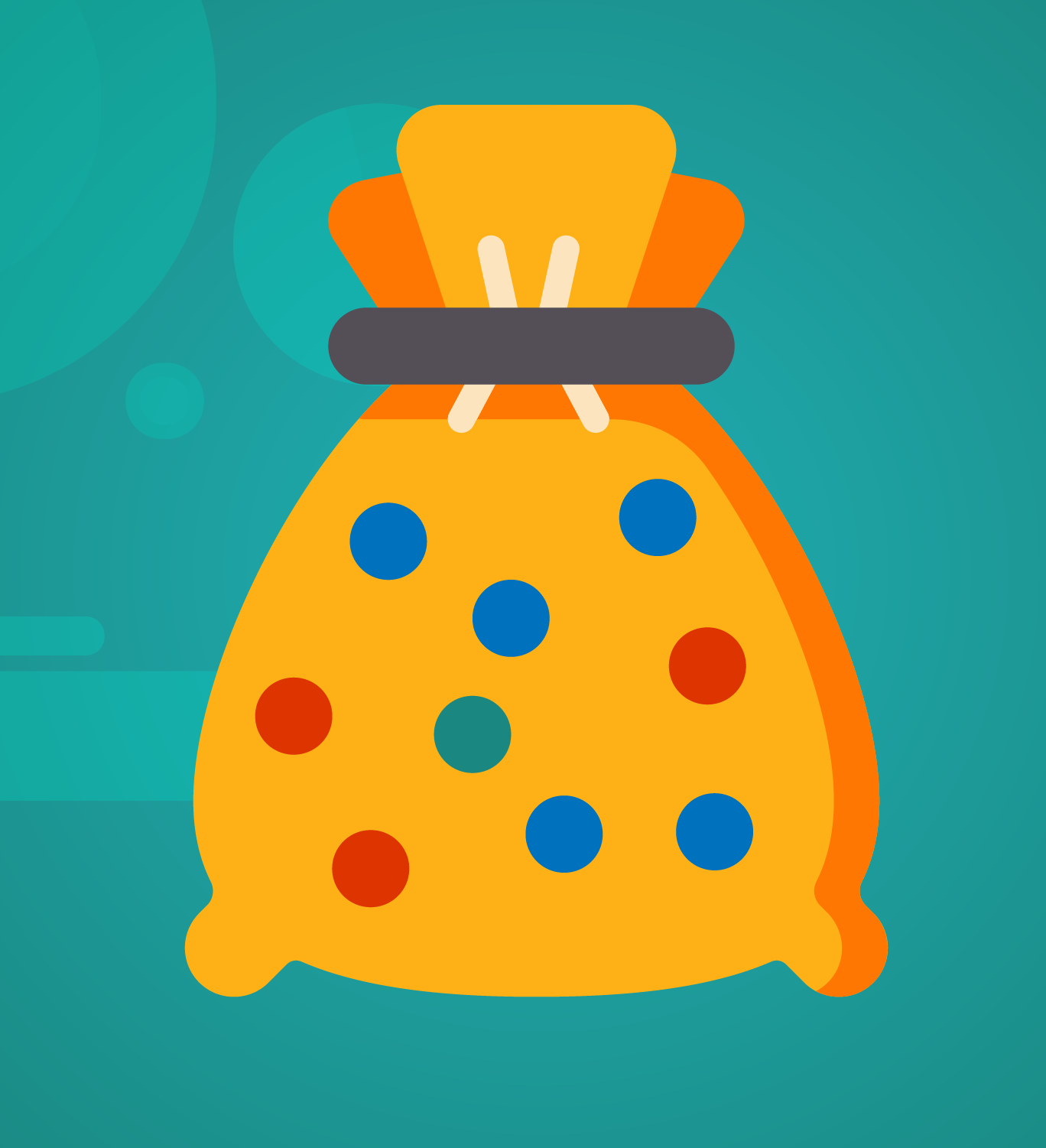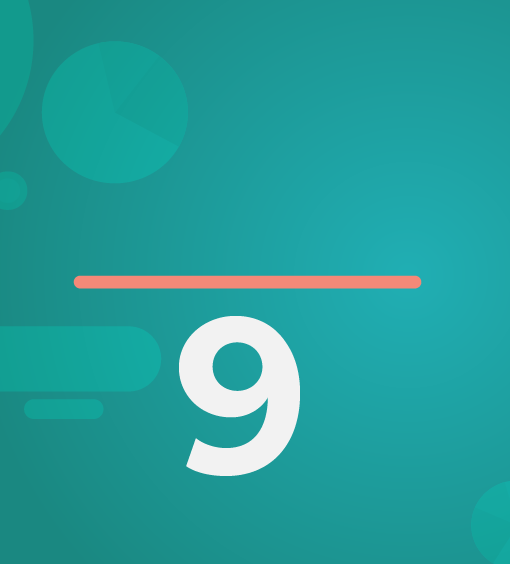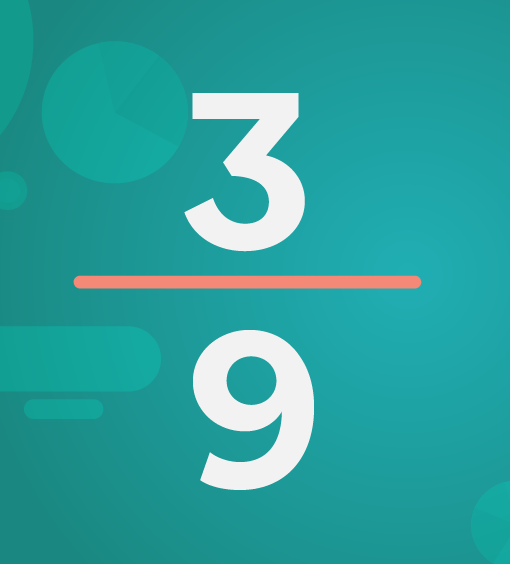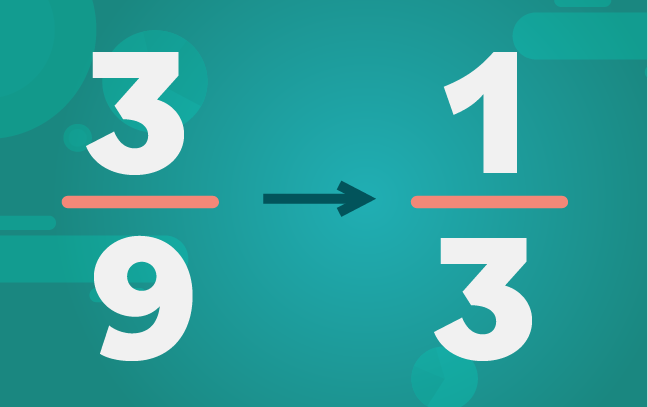Statistics: Basic Concepts -
What is Probability?

Statistics: Basic Concepts
What is Probability?


/en/statistics-basic-concepts/sampling-methods/content/
Probability is an important part of our daily lives. What are the chances it’s going to rain? What are the chances of winning the lottery? While we can try to predict these things, calculating exactly how likely something is to happen–or its probability–can help us to make good decisions.
How to calculate probability
Oftentimes probability is presented as a fraction. We have a numerator (top number) and a denominator (lower number). The numerator reflects what we want to happen–or the number of favorable outcomes–while the denominator reflects the total number of possible outcomes.

Consider this example: there are 9 marbles in a bag. All of them are green, blue, or red. Your friend tells you that if you draw 1 red marble out of the bag, he’ll give you some free cash.

You know that there are 9 marbles in the bag, and 3 of them are red–but you’re not allowed to look when you draw one out. Let’s go over the steps to calculate the probability as a fraction:



If you were trying to determine the probability of drawing the other colors, remember that the number of one color is the numerator, and 9 would stay the denominator.
For example, if you have 1 green marble, then your probability of drawing this color is 1/9. 5 blue marbles means your probability is 5/9. So if you have your choice of which marble to draw for the free cash, go with the blue, since this probability is the highest!
Decimals and percentages
Hopefully you’ve found this tutorial informative. Be sure to take our final quiz to see how much you’ve learned!
/en/statistics-basic-concepts/final-quiz/content/